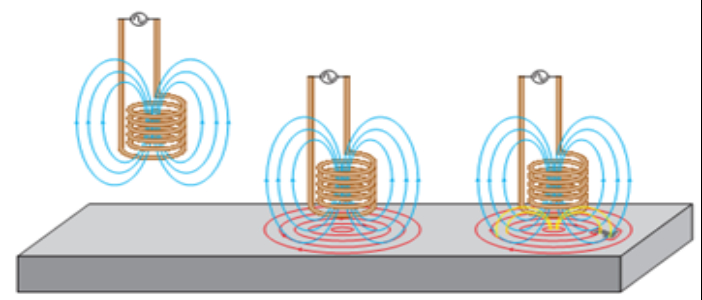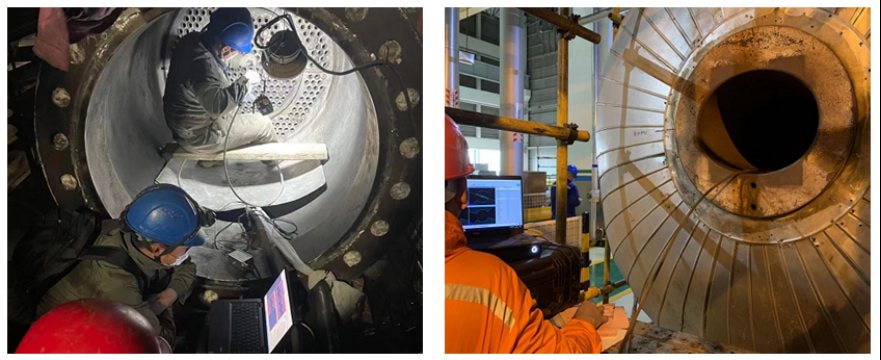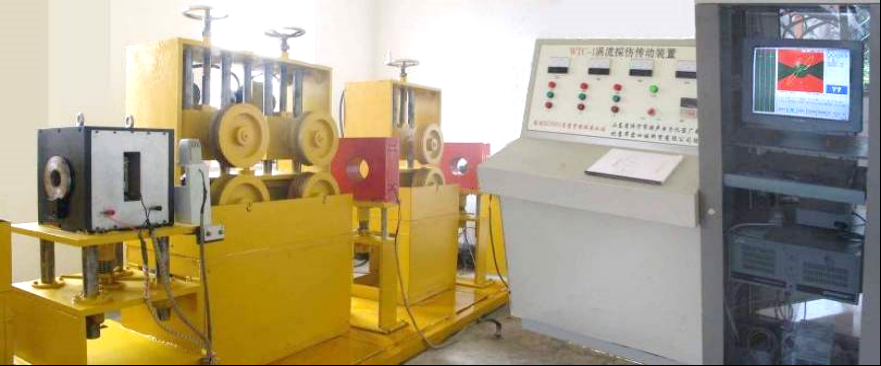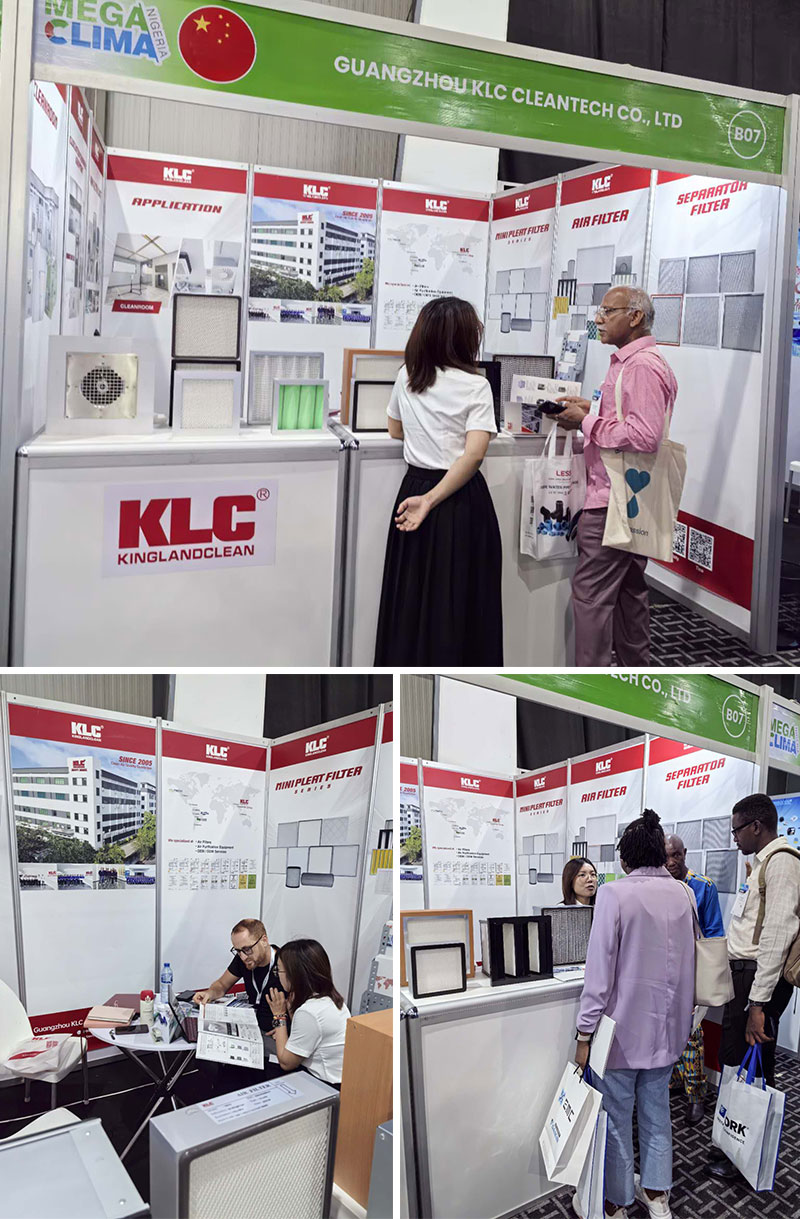📰 Stainless Steel Weekly Insights
Stainless Steel Finally Has a Chance to Catch Its Breath After a Tiring Week
The stainless steel market experienced a weak fluctuation this week, with futures prices continuing to operate weakly and breaking through the previous low. As a result, spot prices have been adjusted accordingly. Traders' efforts to promote sales through discounts have not been very effective, and the social inventory has risen again. There is an expectation of production reduction in steel mills in July, which may alleviate the pressure of future arrivals. The subsequent focus will be on the production and arrival rhythm of steel mills, as well as the stimulus intensity of domestic macroeconomic policies. It is expected that the stainless steel market will continue to fluctuate.
The futures prices of stainless steel have been weakly fluctuating this week, with the stainless steel market continuing to decline and breaking through the previous low. The transaction volume has shrunk during the week, but the last three days of the week saw a significant increase in position holding along with the decline, indicating an increase in market divergence and a strong sentiment of low-level game playing. The center of gravity of prices continues to move down, waiting for a breakthrough in trading volume to choose a direction. The main contract of the stainless steel market closed at 13815 this week, with a weekly decline of 0.65%, and the lowest price of the week was 13670.
Spot Market
In the spot market, the spot price of stainless steel was slightly adjusted this week. As the futures prices continued to operate weakly, the sentiment in the spot market was also relatively low. Steel mills have reduced their list prices, and the order performance was not satisfactory, suppressing the enthusiasm for transactions. The downstream consumption demand side is still mainly cautious and purchases on demand, with a low willingness to replenish stocks.
The price of raw materials is relatively stable, providing some support for the price of stainless steel. The production cost of steel mills is still in a state of reversal, and the steel mills have been receiving normal shipments during the week. The social inventory has started to increase again, and the pressure of market inventory has risen. There are still some traders offering discounts to sell goods, but the effect on promoting transactions is minimal.
The current market is still in a situation of oversupply. The expectation of production reduction in steel mills in July may alleviate the supply pressure, and the market needs to pay close attention to the production plan of steel mills, the rhythm of market arrivals, and the speed of social inventory reduction.
Weekly Average Price Comparison
Futures Warehouse Receipts
This week, the inventory of stainless steel registered warehouse receipts at the Shanghai Futures Exchange decreased by 10,170 to 187,594 tons compared to last week. This week, the warehouse receipt volume has finally been reduced, but it is still at a high level, and the speed of reduction needs to be maintained. The warehouse receipt resources bring a lot of pressure to the market inventory, and the market's ability to digest is limited, and the speed of inventory reduction is slow.
In Summary
In summary, this week, the price of stainless steel has been weakly operating, the price of raw materials is relatively stable, and the production profit of steel mills is still in a state of reversal.
There is an expectation of production reduction in steel mills in July, the overall transaction atmosphere in the market is cold, the performance of the downstream consumption demand side is still weak, the effect of traders' discount promotion is not good, and the social inventory has risen again.
The market needs to pay attention to the speed of social inventory reduction and the subsequent production and arrival rhythm of steel mills. It is expected that the stainless steel market will continue to fluctuate.






According to Kontan records, in the first quarter of 2024, UNTR recorded the sale of 382,543 tons of nickel products containing water (wmt) from the Stargate mine.
Details show that by January 2024, UNTR produced only 25,000 wet tons of saprolite, and by February 2024, UNTR's nickel production increased to 138,000 tons, with saprolite production at 60,000 tons and limonite production at 79,000 tons.
Continuing into March 2024, UNTR's nickel production will grow again to 220,000 tons, with saprolite and limonite production at 119,000 tons and 101,000 tons, respectively.